Hydrology, Ecology, and Fishes of the Klamath River Basin
Title: Hydrology, Ecology, and Fishes of the Klamath River Basin
Category: Technical Report
File: NRC_2008_0013_Hydrology-Ecology-and-Fishes-of-the-Klamath.pdf
Updated Date: 20.12.2016
Author(s)/Source(s): National Research Council
Publication Date: 2008
Focal Topic: In-Stream Flow / Flow Regime, Hydrology, Adaptive Management, Salmon, Steelhead/Rainbow Trout
Location: Klamath Basin
Watershed Code: 180102
The Klamath River basin is both at the edge and at the center. The basin is a 15,700 square mile watershed at the western rim of North America, where it encompasses a diverse ecosystem, wilderness areas, and irrigated farmlands in southern Oregon and Northern California. The basin is located at the center, however, of the landscape of controversy in American environmental management, and the issues that face Klamath River basin decision makers exemplify in magnified form many of the difficult science and policy challenges that have arisen across the continent. Management of the basin’s hydrologic and ecological resources is complicated because decision makers must sort through a myriad of potential strategies for operating a complex system with interrelated rivers, lakes, marshes, dams, and diversions. The river basin boundaries outline an ecosystem that includes economically valuable water resources and ecologically valuable species, including endangered, threatened, and other fishes, which are dependent on the rivers and lakes for their survival. Alterations to the original hydrologic system began in the late 1800s, accelerated in the early 1900s, and continue today. They include water-control works by private land and water owners, by the large and intricate Klamath Irrigation Project of the U.S. Bureau of Reclamation (USBR), and by several hydroelectric dams operated by a private corporation, PacifiCorp.
Keyword Tags:spawning habitat, iron gate reservoir,
